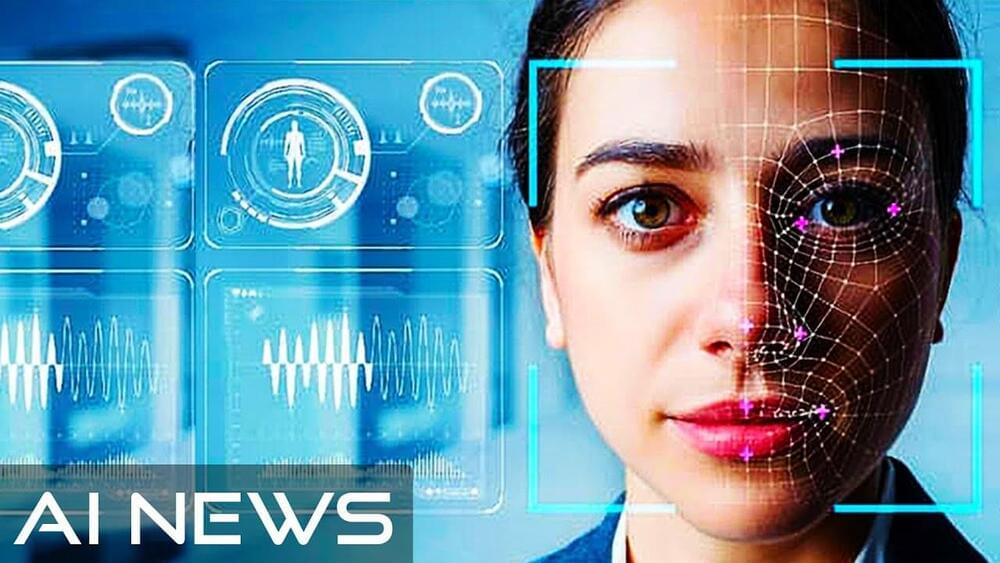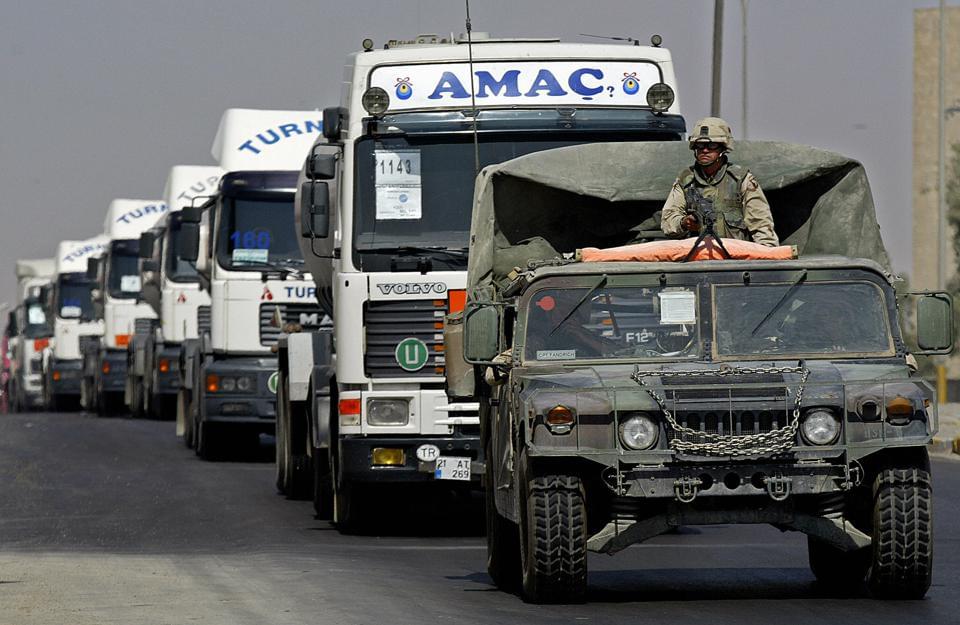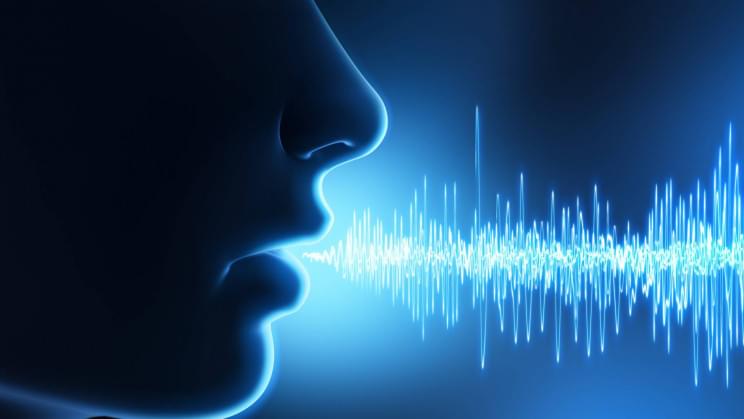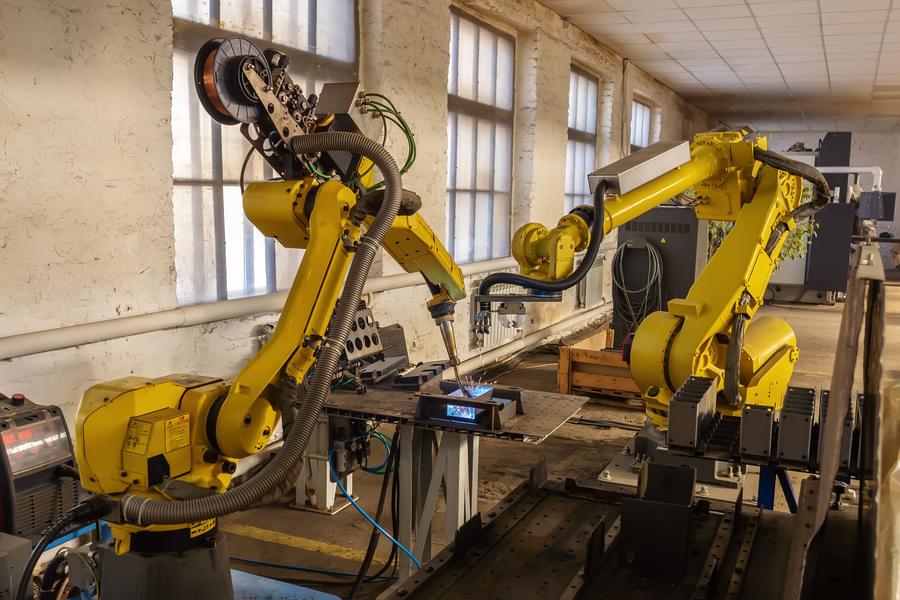Biological immortality is not enough for an immerging community of Transhumanists. They’re hoping for a different take on Mind Uploading to offer them immortality. The Digital Immortality Definition depends on the person you ask, but one things is for certain the future is going to be weird when it comes to people longing for longevity and the goal of stopping aging completely. Living inside a computer by mind uploading to live forever may actually become a reality very soon in 2021.
–
If you enjoyed this video, please consider rating this video and subscribing to our channel for more frequent uploads. Thank you! smile
–
TIMESTAMPS:
00:00 A new kind of Immortality.
02:05 Artificial Intelligence + Longevity =?
04:20 What are “Virtual Humans”?
06:40 The potential problem of consciousness.
08:53 Last Words.
–
#ai #longevity #immortality








